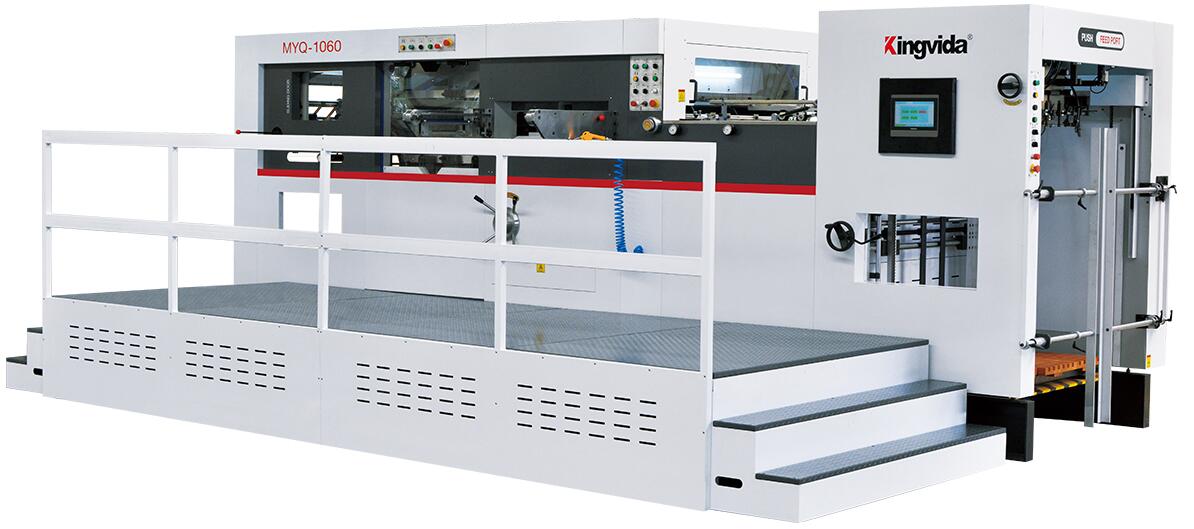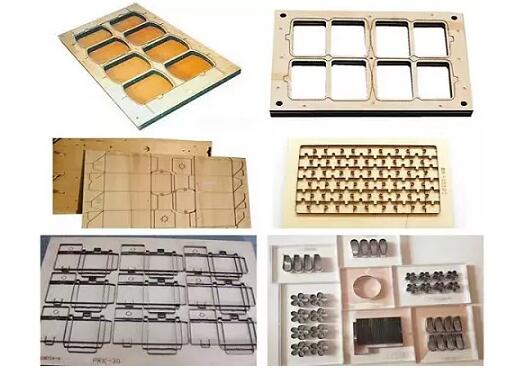In die-cutting industry, die is an essential tool. A die consists of a die-cutting plate and a blade. They are generally used for stamping the desired product shape. There are many kinds of blades used in the die! Today we share with you: how to choose a die according to the characteristics of the product. To sum up, the die should be selected from three aspects of the product, in order: product precision, product output, and product material!
Product precision
The error of the mold itself is between plus or minus 0.05~0.2MM!
1. if the product precision is within plus or minus 0.05, three kinds of paint molds can be used: corrosion molds, engraving molds, hardware molds.
2. If the product accuracy is within plus or minus 0.1, please use two kinds of molds: wood mold and plastic mold (of course, the other three are also available, but the cost is higher).
If you can't relax the product tolerance, then don't try to use low-cost molds!

Product yield
Need to choose according to the life of the mold! If the product batch is large, easy to stamping products try to use wood and plastic mold; If the product precision is high, easy to stamping, try to use corrosion mold; If the product precision is high, can not be scrapped at once, available carving mold or metal mold production. For achieving comprehensive scrapping (because it can be modeled according to the angle you imagine).
If the product is complex, QDC mold can be made for multiple processes, positioning holes are convenient, and the product size accuracy can be guaranteed within plus or minus 5 silk.
Product material material
1. Ordinary cardboard ordinary cardboard including ordinary cardboard, corrugated paper, etc., die-cutting this kind of cardboard can use ordinary laser die (knife angle 52 °). If the die-cutting shape is complex, it is necessary to use a slightly lower blade hardness, bending performance of the die. In the die-cutting process, if you require a low die-cutting pressure, you can choose a die with a knife edge angle of 42o. Low die cutting pressure can reduce edge wear and extend the die cutting life.
2. Hard rubber sheet hard rubber sheet including PVC, PET, electronic board, high-density materials, gaskets, etc.. Die-cutting such materials need to have a high hardness of the die. Ordinary laser knife body hardness of 39HRC, blade hardness of 57HRC. If you want to die cutting hard rubber, you need to choose the blade hardness of 47HRC, blade hardness of 59HRC die. The smaller the blade angle, the higher the blade hardness, the better the wear resistance.
3. Flexible materials flexible materials including aluminum foil, web materials, soft plastics, etc.. Die cutting such materials requires the use of dies with finely ground edges. This kind of die edge surface is smooth, die cutting pressure requirement is low, easy to pass sticky materials, reduce the edge pulling and linting problems.

评论
发表评论